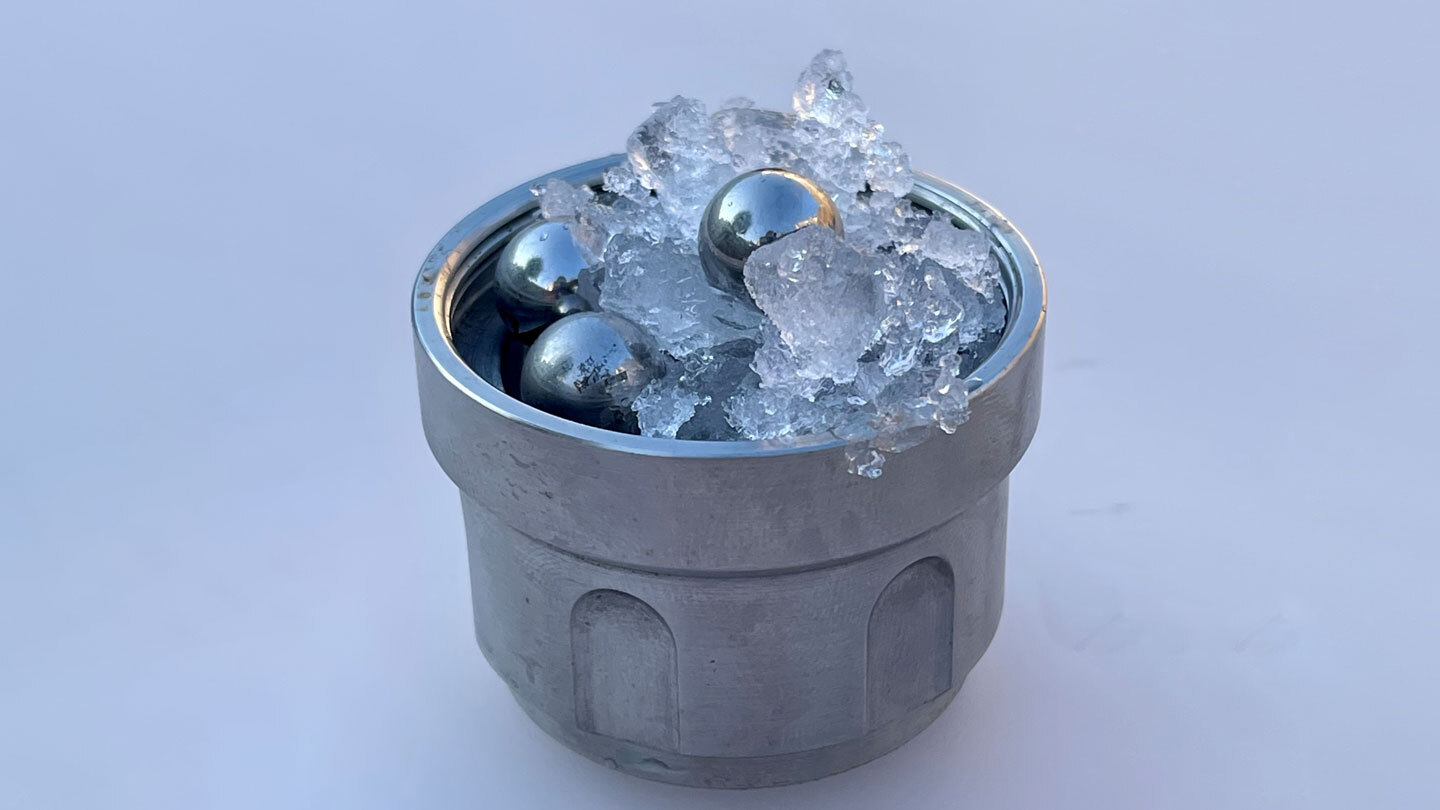Free Courses Sale ends Soon, Get It Now


Free Courses Sale ends Soon, Get It Now



Disclaimer: Copyright infringement not intended.
Context:
Amorphous Ice:
Amorphous ice (non-crystalline or "vitreous" ice) is an amorphous solid form of water.
Structure
Formation
Presence
Types
Formation
PRACTICE QUESTION
Q.Which of the following statements are correct in reference to Amorphous ice?
Answer: 1 and 3 are correct.
Explanation: Normally, when water freezes, it crystallizes and its molecules are arranged into the familiar hexagonal, solid structure that we call ice. Amorphous ice lacks long-range order in its molecular arrangement.
© 2024 iasgyan. All right reserved